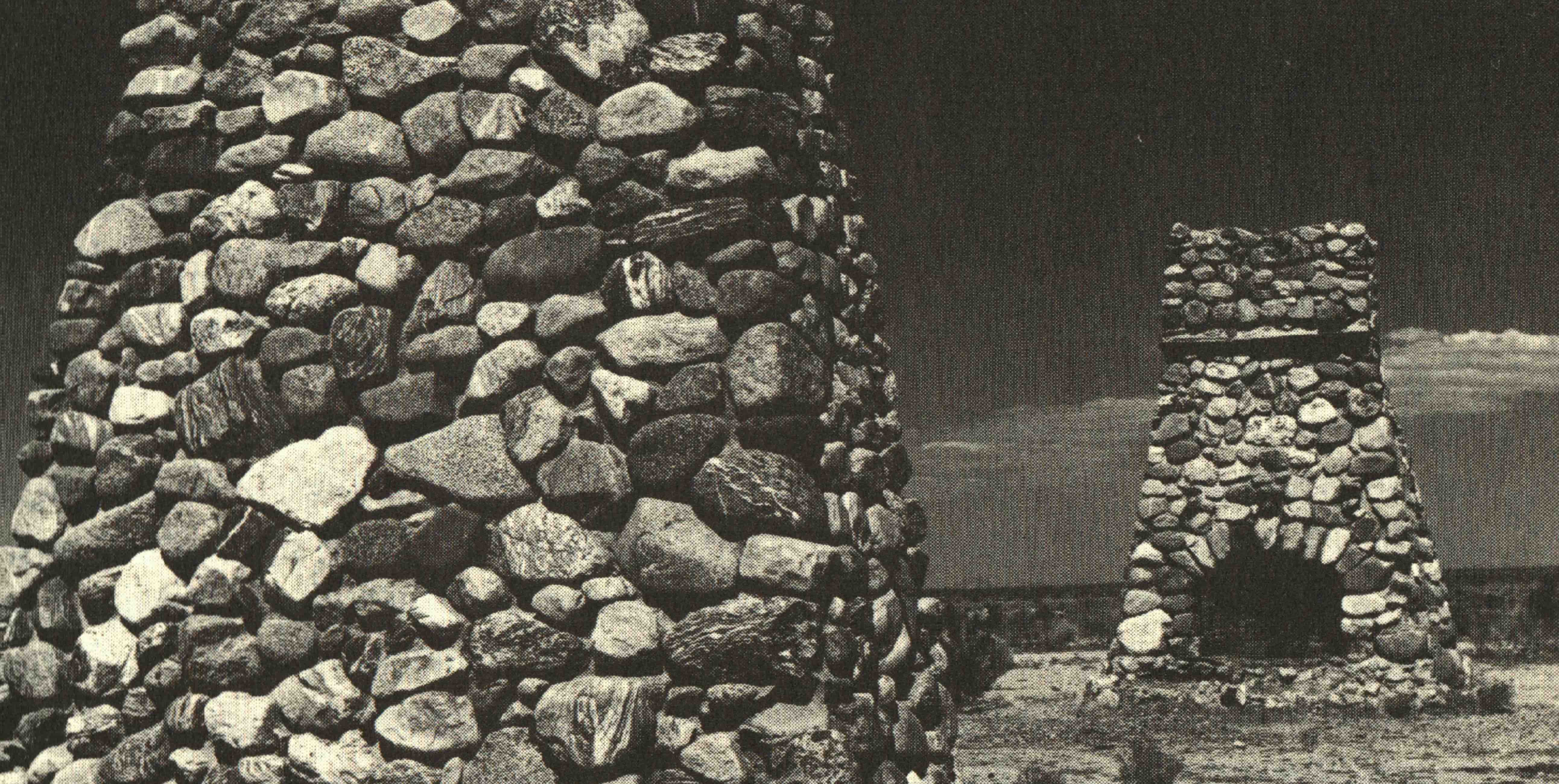1821 Industrial St
LA 90021
Desert Visionaries: Llano del Rio, Antelope Valley Indian Museum & Aldous Huxley’s Pearblossom Ranch – Saturday, June 17th
Bus Tour Description
In this special event bus adventure, part of Esotouric’s tenth anniversary celebrations, we’ll explore the Southern California dream as it has manifested through creative residents of the Antelope Valley, and mark the centennial of the shuttering of the Llano del Rio socialist colony.
Tour stops include:
- Llano del Rio colony ruins
- Antelope Valley Indian Museum (self-hosted picnic lunch stop)
- Aldous Huxley’s Pearblossom Ranch
- Museum of Art and History, Lancaster (Kim Stringfellow exhibition tour)
We hope you’ll join us for a day’s adventuring through the cultural and social history of the Antelope Valley, a place that has provided inspiration and opportunity for some of California’s most fascinating dreamers, as well as serving as an important crossroads for the Great Basin people for thousands of years.
We’ll provide coffee and donuts, you bring a picnic lunch.
ABOUT LLANO DEL RIO:
Llano del Rio was a hard work socialist co-operative colony founded by the lawyer and philosopher Job Harriman, who very nearly became Mayor of Los Angeles in 1911. On May Day, 1914, Harriman’s friends moved en masse to the Antelope Valley, settling a 2000-acre village site along progressive, socialist ideals. In late 1917, most of the colonists walked away from their desert home, with many residents continuing on to New Llano, Louisiana. The evidence of their desert adventure still survives.
Joining us as we explore the ruins of Llano del Rio are two expert guides: historian Paul Greenstein (co-author of Bread & Hyacinths: The Rise and Fall of Utopian Los Angeles) and artist-archivist Karyl Newman (2016-2017 Research Fellow at the Beinecke Library and co-founder of hinterculture). They will tell stories of the colonists’ colorful adventures set against a backdrop of the conservative Los Angeles power structure, personified by Job Harriman’s arch-nemesis, Los Angeles Times publisher Harrison Gray Otis. And Karyl will share new research on Alice Constance Austin, a feminist city planner engaged by Harriman to implement her ideas at Llano–structures created to eradicate domestic housework, situated to offer privacy and tranquility, yet connected to facilitate tasks communally–decades ahead her time.
ABOUT THE ANTELOPE VALLEY INDIAN MUSEUM
The Antelope Valley Indian Museum is an early 20th century eclectic folk art environment housing an important collection of Native American artifacts, brought into the 21st century under the supervision of curator emeritus Edra Moore, who will guide us through the museum.
In 1928, high school art teacher and amateur anthropologist Howard Arden Edwards turned his weekend desert homestead into an immersive architectural environment–part Swiss Chalet, part Ritual Longhouse–in which he displayed an enormous collection of ancient artifacts, contextualized through fanciful narrative displays. In the 1940s, Grace Wilcox Oliver acquired the site and collection, and created her own interpretative material. Then in the 1990s, the museum passed into the hands of the California Parks Department, and received a complete curatorial makeover to protect, preserve and properly contextualize these artifacts of the Great Basin peoples as well as the contributions of the Southern California visionaries Howard Arden Edwards and Grace Wilcox Oliver.
ABOUT ALDOUS HUXLEY’S PEARBLOSSOM RANCH
In 1941, the English author Aldous Huxley (Brave New World) settled into an old farmhouse at Pearblossom Ranch, near Llano del Rio. In 1944, he wrote the allegorical children’s story, The Crows of Pearblossom, as a gift for his young niece and nephew. Although Huxley’s original manuscript was destroyed in a fire at his Hollywood Hills home, a copy survived to be posthumously illustrated by Caldecott Award-winning artist Barbara Cooney and published by Random House in 1967. We will visit Huxley’s Pearblossom Ranch, which is maintained much as it was when he lived there and is now a popular filming location. Perhaps we will even see the crows!
ABOUT KIM STRINGFELLOW’S MOAH EXHIBITION TOUR
The Museum of Art and History, Lancaster is an institution with a focus on post-war American art with an emphasis on California art. Artist Kim Stringfellow, whose work is included in the group exhibition Made in the Mojave will be on hand to walk us through the show.
Kim Stringfellow is an artist, educator and independent curator based in Joshua Tree, CA. Her work bridges cultural geography, public practice and experimental documentary into creative, socially engaged transmedia experiences. She is currently working on The Mojave Project, a four-year experimental trans-media documentary and curatorial project that will culminate in an exhibition at LACE (Los Angeles Contemporary Exhibitions) in 2018. Using video, interviews, reportage, photography and other means of inquiry, The Mojave Project examines the changing physical, geographical, and cultural landscape of the desert according to eight themes including Desert as Wasteland, Space and Perception, and Transformation and Reinvention. Stringfellow seeks out a diverse group of regional stakeholders—from geologists to aerospace engineers to land speed racers to miners to desert rats and others—to explore these themes.
